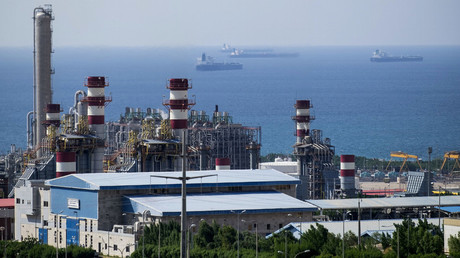Located in the Republic of Tatarstan, Innopolis was set up as a technology park in 2012, with a focus on supporting high-tech industries. It was later granted ‘town’ status. Around 100 people have signed up to participate in the driverless taxi trials, and they will be able to choose from a number of pre-set destinations, including the university, stadium, and apartment blocks.
The service will first operate two vehicles in test mode with free rides to certain destinations. It allows joint trips to be arranged as the cabin can accommodate up to three passengers.
“Our Yandex self-driving team plans to later expand the autonomous ride-hailing service to include more destinations, additional vehicles, and removing the safety driver, in addition to improving the service based on user feedback,” Yandex said.
According to the company’s general director, Elena Bunina, the service will be offered for free.
Yandex first unveiled its autonomous car in 2017, saying it was entering the driverless technology market and intended to capitalize on its already existing online services like map navigation, traffic surveillance, and image recognition for its other major branch – an Uber-like taxi service.
Autonomous taxi services have already been tested in a number of markets around the world. In 2016, US-based autonomous car startup NuTonomy launched a self-driving car service in Singapore. Uber and Google’s sister company, Waymo, are continuing to trial similar services in various markets. In Asia, self-driving taxi trials kicked off in Tokyo this week; the service is expected to be launched ahead of the 2020 Olympic Games.
For more stories on economy finance visit RT’s business section
Article source: https://www.rt.com/business/437145-yandex-ride-hailing-service/?utm_source=rss&utm_medium=rss&utm_campaign=RSS

